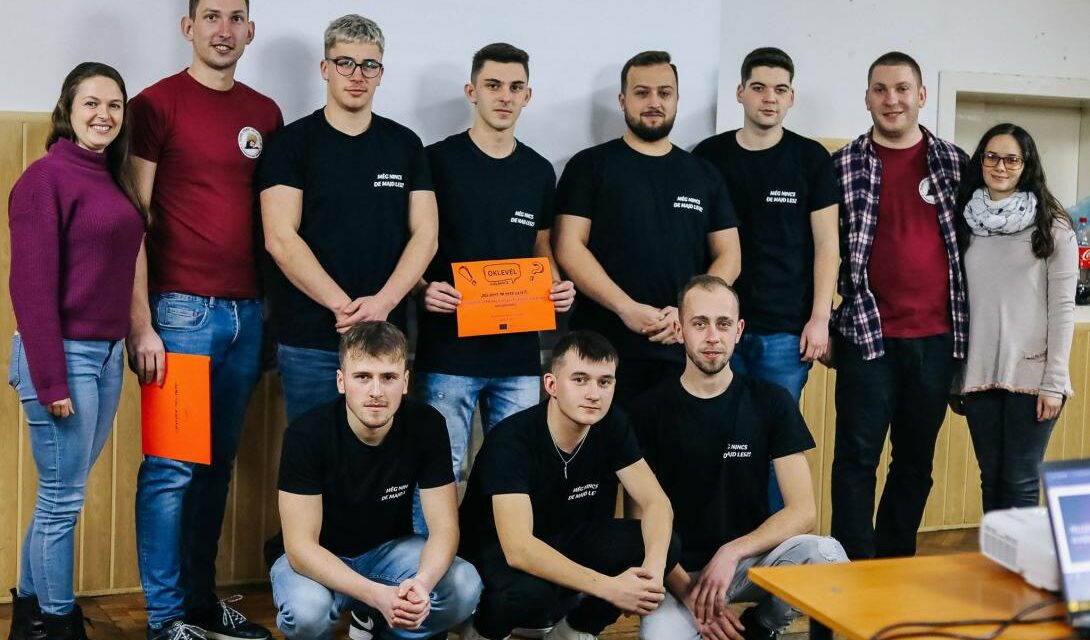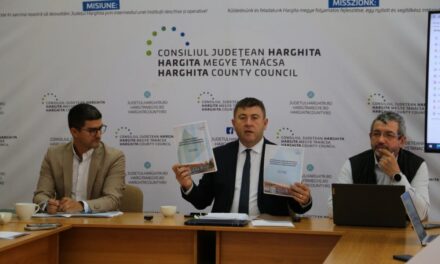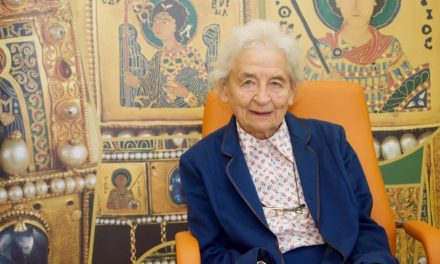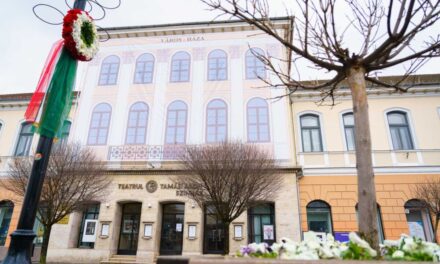The active youth work, community-building initiatives and innovative programs taking place in the settlement in Cluj County were awarded with the recognition.
The Hungarian settlement of Kalotaszeg, the village of Kalotaszentkirály-Zentelke, was also awarded the European Youth Village 2025 title, the Szabadság newspaper reported on Monday based on the announcement of the applicants.
Active youth work, community-building initiatives and innovative programs in the Cluj County settlement were awarded with the recognition.
- the Cluj newspaper quoted the announcement in its online edition. In addition to the settlement in Cluj County, three villages in Bákó County - Perzsoj (Parjol), Lipova and Beresti-Tazlau - won the title at Saturday's gala.
The aim of the European Youth Village program launched by Romanian NGOs in 2019 is to support young people living in the countryside, strengthen their communities, and improve the quality of life there. The winning settlements can participate in projects promoting the social involvement and development of young people.
In 2025, the young people of Kalotaszeg are planning workshops, sports events, ecological campaigns, movie nights, a book club, and community events. Their goal is to build a strong, cohesive young community and make rural life attractive.
Project manager Póka Tivadar told the Krónikaonline portal: the title does not entail financial assistance, but they will receive support for the planning and organization of programs for the year 2025.
Among their obligations, he mentioned that they must create a Facebook and Instagram page that communicates in two languages – Hungarian and Romanian – through which the activities of Kalotaszentkirály-Zentelke and the local youth will become more visible.
The title of European Youth Village has already been awarded to two Hungarian settlements, in 2023 Csíkszentgyörgy in Hargita county, and in 2021 to Klézse in Bákó county, inhabited by Csángó Hungarians.
Kalotaszentkirály-Zentelke, which is famous throughout Romania for its landscape that has been organized through numerous developments, is popular among both domestic and foreign – mostly Hungarian – tourists.
The village, located at the foot of the Transylvanian Mountains, six kilometers from Bánffyhunyad, has a population of approximately one thousand people, most of whom are Hungarian.
MTI
Cover photo: Szabadsag.ro













